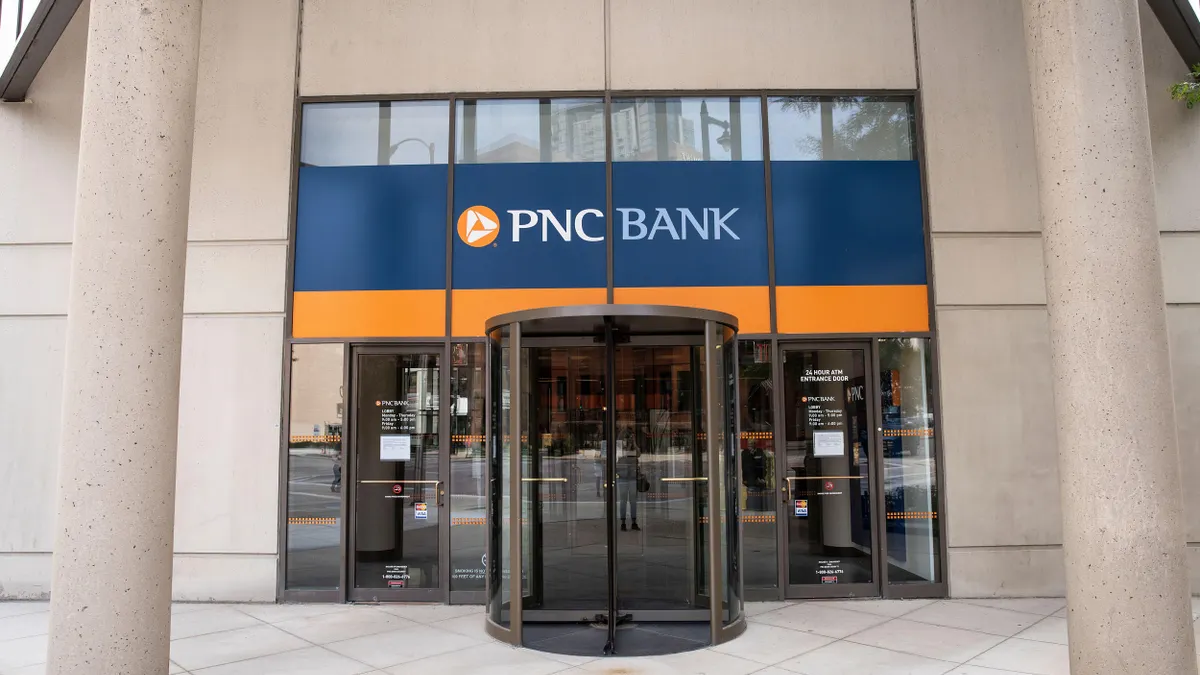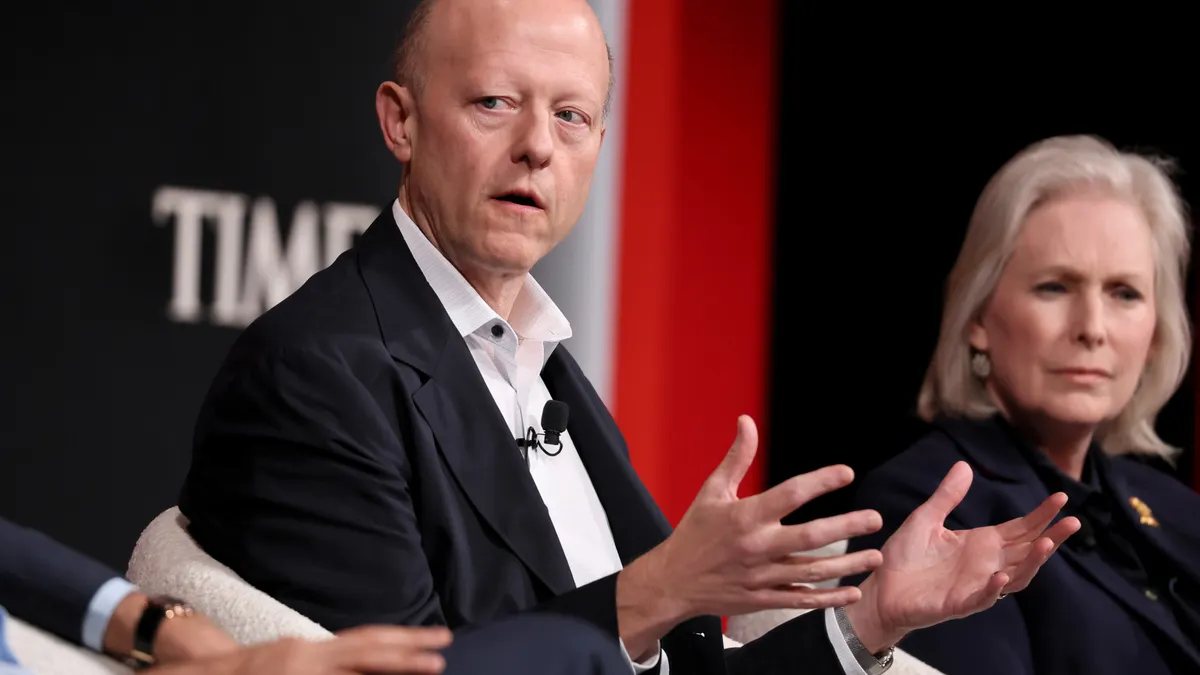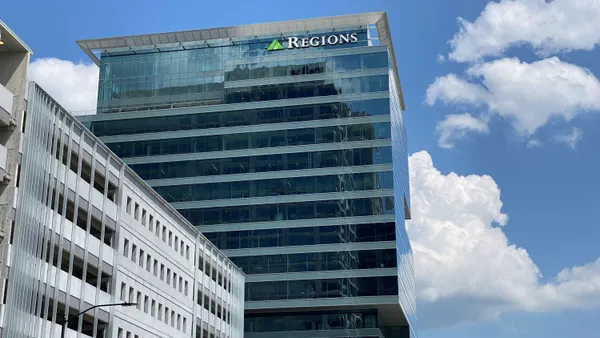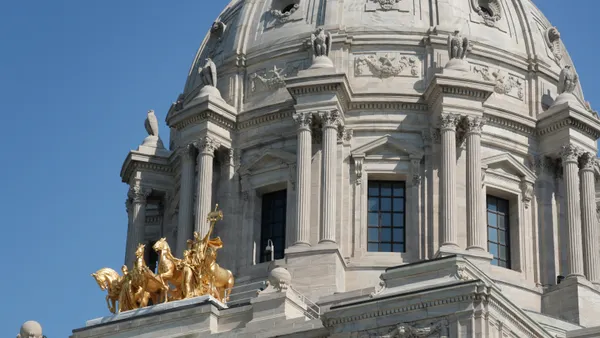AUSTIN, Texas — As PNC Financial Services Group continues to reevaluate its physical presence, branch consolidation will likely become "more aggressive" with 80 to 100 per year expected over the next five years, Dawn Fabian, PNC's retail transformation manager, said Monday at the Future Branches conference.
PNC has been in a "consolidation business" for some time, averaging 50 to 70 branch consolidations per year, Fabian said.
Beyond a change in customer behavior, the consolidation stems from the bank's 2008 purchase of National City Corp.
Pittsburgh-based PNC and National City were the two largest banks in the Pittsburgh region, creating an overlap the bank is still working out, according to Pittsburgh Business Times.
"We know that we need to optimize," Fabian said. "We need to look for spaces where the traffic flow is going to be the optimum for growth. So we're doing a lot of two-for-one consolidation, or three-for-one, really trying to move the needle on getting into the best retail locations."
As the bank continues its efforts to consolidate its branches, Fabian said it's had to make "some tough decisions" in the process.
"It's really easy when a branch isn't performing to say we're going to consolidate. We have branches who may be performing at a moderate level, but we know the future and they're in a bad spot," she said. "We can see that other institutions are moving into different neighborhoods, different areas, and we need to follow suit because the transactions and the customer levels follow. So we're making some really hard decisions, but we know it's necessary for us to stay viable."
PNC is also testing a new format in response to the changing needs of the customer.
The bank is piloting a "cashless bank" program, involving 26 branches in eight of the bank's markets.
Cash handling and teller duties at PNC's cashless banks are all done through an ATM, with the exception of cashier's checks.
In preparing for the pilot's rollout, Fabian said it was important that the bank focused on the language it used to educate customers on the new model.
"We wanted to make sure that we took all negative connotation out," Fabian said. "If someone comes in and asks to do something, we never want [an employee] to say 'we can't' or 'we don't.' … We never want to push them to another branch or say that they can't do something at that location, because we can do everything at that location. It's just different steps, different channels."
But Fabian said she doesn't believe the cashless branch should be the bank's sole model.
"I think everyone understands all the different channels that you can use to transact. If they wanted to self-select and go to digital and mobile, they would have done it by now," she said. "That's why we know it's necessary within these clustering of branches, this hub-and-spoke model, that we have the different ways in which they can transact in a geographically closed area."














